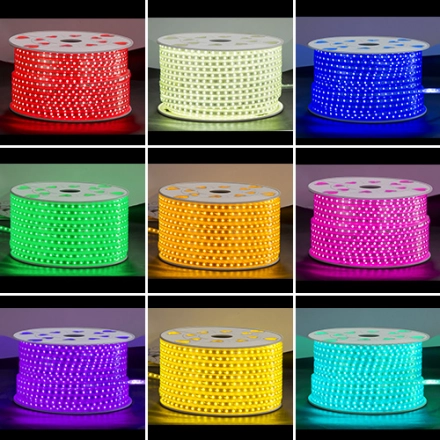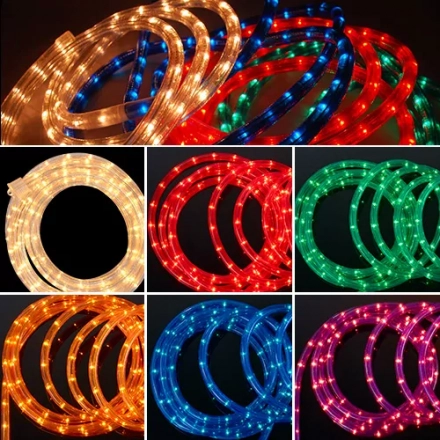Analyzing the Possibilities of RGBW LED Strip in Addressable LED Strip Applications
Addressable LED strips have gained popularity for their ability to individually control each LED, allowing for dynamic and customizable lighting effects. However, traditional addressable LED strips typically consist of RGB LEDs (red, green, blue) that can produce a wide range of colors but lack the ability to generate true white light. In this article, we will objectively explore the possibilities of incorporating RGBW (red, green, blue, white) LED strips in addressable LED strip applications, assessing their potential advantages and limitations.
Advantages of RGBW LED Strips in Addressable Applications:
Enhanced Color Accuracy: By introducing a dedicated white LED alongside the RGB LEDs, RGBW LED strips can produce a more accurate and vibrant color palette. The addition of white light ensures that colors appear more natural, providing better overall lighting quality.
True White Light: Unlike RGB LED strips that generate white light by mixing the RGB colors, RGBW LED strips can produce true white light with improved brightness and consistency. This feature is particularly beneficial for applications where high-quality white light is required, such as ambient lighting or task lighting.
Additional Lighting Effects: The availability of a dedicated white LED opens up new possibilities for lighting effects. For instance, RGBW LED strips can create pastel colors by blending the white LED with other colors. This versatility allows for more creative and visually appealing lighting designs.
Energy Efficiency: RGBW LED strips can potentially offer improved energy efficiency compared to RGB LED strips. By utilizing the white LED for generating white light, it may be possible to achieve the desired brightness level with fewer LEDs, resulting in reduced power consumption.
Limitations and Considerations:
Cost: RGBW LED strips typically come at a higher cost compared to RGB LED strips due to the additional white LED. The increased complexity of manufacturing and the need for precise color calibration contribute to the higher price point.
Control System Compatibility: RGBW LED strips require compatible control systems that can independently address and adjust the white LED in addition to the RGB LEDs. Ensuring compatibility between the LED strip and the control system is essential for seamless integration and optimal performance.
Compatibility with Existing RGB Systems: Incorporating RGBW LED strips into existing RGB systems may present challenges. Incompatibilities between control protocols and software may need to be addressed, requiring additional modifications or upgrades to the system.
Design Considerations: The presence of a white LED within the RGBW LED strip may affect the overall color blending and diffusion characteristics. Designers need to consider this factor while planning lighting installations to ensure consistent and desired lighting effects.
This article objectively analyzes the potential benefits and limitations of integrating RGBW LED strips into addressable LED strip applications. It highlights the advantages of improved color accuracy, true white light, enhanced lighting effects, and potential energy efficiency. However, it also discusses considerations such as cost, control system compatibility, integration with existing RGB systems, and design implications. By understanding these factors, designers and enthusiasts can make informed decisions when choosing between RGB and RGBW LED strips for their addressable lighting projects.






